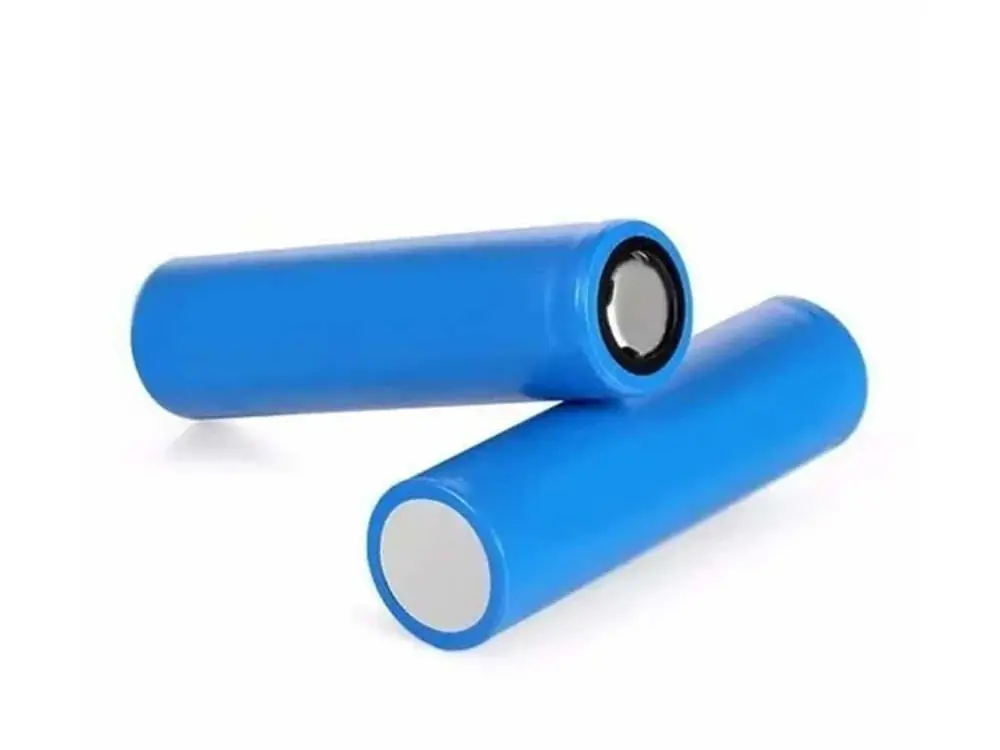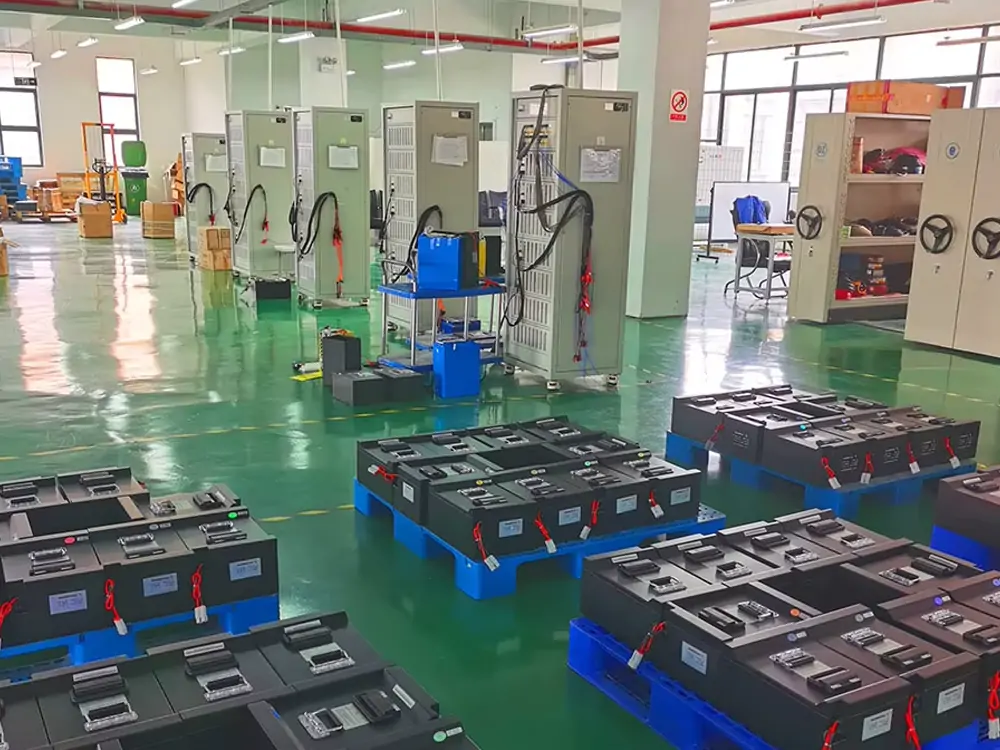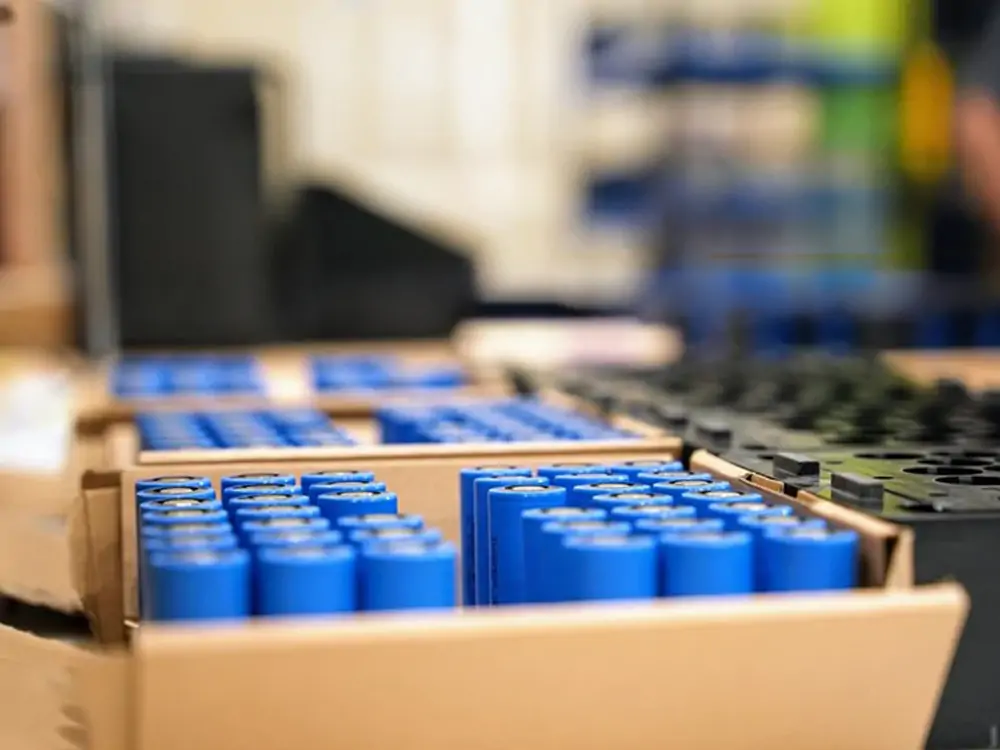Lithium-ion batteries power phones, laptops, and electric vehicles. These batteries are efficient, lightweight, and rechargeable. Many users ask, “How long do lithium-ion batteries last?” With proper care, they can last several years. This guide explains how to care for lithium-ion rechargeable batteries. It also shares the best charging practices for lithium-ion batteries. These tips will reduce waste, save money, and improve device reliability. Learning about lithium-ion battery maintenance helps you get better performance. Adopting simple habits can extend the lithium ion battery lifespan and avoid frequent replacements.

Understanding Lithium-Ion Batteries
Lithium-ion batteries store energy by moving lithium ions between electrodes. These batteries are found in devices like smartphones, laptops, and electric cars. They’re lightweight and have a high energy density. But how long do lithium-ion batteries last? Typically, they last for 300 to 500 full charge cycles before losing capacity. A complete cycle means using 100% of the battery’s charge. It doesn’t have to happen simultaneously; partial charges add to a complete cycle.
To extend the lithium ion battery lifespan, avoid overcharging or draining the battery completely. Overcharging creates stress, while deep discharges wear out the cells faster. Keeping the battery cool and dry prevents damage. Understanding how to increase lithium ion battery life requires consistency. Minor adjustments in charging and storage practices can improve performance and longevity. A well-maintained battery lasts longer and delivers reliable power.
Factors That Affect Lithium-Ion Battery Lifespan and How to Extend Lifespan
Several factors determine how long a lithium-ion battery lasts. The number of charge cycles is critical. Each full charge and discharge reduces the battery’s capacity. Over time, this wear accumulates, shortening the battery’s lifespan. Temperature also plays a significant role. Heat accelerates chemical reactions inside the battery, leading to faster degradation. Cold temperatures reduce the battery’s efficiency, especially during use.
Depth of discharge is another key factor. Fully draining the battery causes more strain than using it partially. Poor storage conditions, like high humidity or direct sunlight, can further damage the battery. Low-quality chargers are another risk. They often provide improper voltage or current, which harms the battery. To protect lithium-ion battery health, follow best practices for charging, storing, and using the battery. By addressing these factors, you can maximize the lifespan of your battery and reduce the need for replacements.
1. Charging Practices

Using proper charging practices for lithium-ion batteries helps reduce wear. Keep the charge level between 20% and 80%. Avoid letting the battery drain to 0% or charging it to 100%, as both extremes stress the battery cells. Staying in this range reduces chemical wear.
How long should you charge a lithium-ion battery? Stop charging when it reaches 80%. Overcharging creates heat, which shortens battery life. Always use chargers approved by the manufacturer, as they provide the right voltage and current. Avoid leaving devices plugged in overnight to prevent overheating. Slow charging is better than fast charging because it produces less heat. Following these steps extends the life of your lithium-ion battery.
2. Temperature Management

Temperature extremes are significant threats to lithium-ion battery health. High heat speeds up chemical reactions, making the battery wear out faster. Cold weather lowers the battery’s ability to deliver power. Both hot and cold conditions can cause lasting damage.
To protect your battery, store devices in a cool, dry place. Avoid direct sunlight or leaving them in hot cars. Also, keep them away from freezing temperatures. Devices with thermal management systems help control temperature during charging or use. Ensure proper ventilation around chargers to prevent heat buildup. Keeping the battery at a moderate temperature extends its life and improves performance.
3. Usage Practices
Daily habits play a key role in maintaining lithium-ion batteries. Avoid letting the battery drain completely before charging. Recharge it when the level drops to about 20%. Frequent short charges are better than fully draining the battery. These practices reduce stress on the battery and extend its life.
High-drain activities like gaming or video editing can cause heat. Avoid these tasks when the battery is low. Using power-saving modes lowers energy use and heat production. For devices with removable batteries, switch between many batteries to share the wear. These habits help your battery work well and last longer. Adjusting how you use your device protects and extends your battery’s lifespan.
4. Storage Guidelines

Storing lithium-ion batteries helps preserve their lifespan. Keep them at a partial charge, between 30% and 50%. This reduces stress on the cells and prevents deep discharges. Store batteries in a cool, dry place away from heat and humidity.
Avoid leaving batteries in hot areas like a parked car. The high temperatures can cause lasting damage. If storing a battery for months, check it and recharge if the charge drops too low. Always disconnect batteries from devices during storage to stop phantom drains. Proper storage protects the battery’s lifespan and ensures it’s ready when needed. Taking care during storage prevents wear and boosts reliability.
5. Device and Charger Selection
Using the right chargers and devices is key to protecting lithium-ion battery health. Always pick chargers that match your device’s specifications. Manufacturer-recommended chargers are the safest choice. They provide the correct voltage and prevent overcharging. Low-quality chargers can cause uneven charging and overheating.
Devices with advanced battery management systems (BMS) help as well. These systems balance the battery’s cells and optimize charging cycles. Investing in quality chargers and devices ensures safe and proper charging. Reliable accessories protect your battery, improve safety, and extend its lifespan. Choosing the right equipment is a simple way to get better battery performance.
6. The Role of Battery Management Systems (BMS)
Battery management systems (BMS) are vital for keeping lithium-ion batteries healthy. They track voltage, current, and temperature to ensure safe use. A BMS stops overcharging, overheating, and over-discharging, which can damage the battery.
Advanced BMS technology balances the cells in a battery pack. This keeps the wear even and boosts efficiency. Devices with strong BMS features are safer and last longer. Choosing such devices protects your battery and makes it last. A good BMS is key to extending the battery’s life and keeping it reliable.
7. Environmental Impact on Lithium-Ion Batteries
Environmental conditions have a significant impact on lithium-ion batteries. High humidity can cause corrosion, and dust can block vents, leading to overheating. Temperature changes also reduce battery efficiency. Protecting your battery from these risks helps it last longer.
Store batteries in clean, dry places to avoid damage. Use weatherproof cases for outdoor equipment to keep out moisture. Ensure proper ventilation during charging to release heat. Paying attention to these factors keeps your battery healthy and reliable. Simple steps like these can significantly extend its life and performance.
8. Extending Lifespan with Regular Monitoring
Monitoring your battery’s health helps extend its lifespan. Many devices offer tools that show battery capacity, charge cycles, and performance. Use these features to keep track of their condition. Replace batteries if you notice swelling, overheating, or rapid capacity loss. Detecting issues early allows you to fix problems before they get worse. Regular checks ensure safe use and dependable performance. Consistent care for lithium-ion batteries helps maximize their lifespan and efficiency.
Signs of a Deteriorating Battery
Spotting signs of a failing battery can prevent more damage. Common signs include shorter runtime, overheating, and swelling. If your device shuts down suddenly, the battery might need to be replaced.
Swelling shows internal damage and is a safety risk. Overheating during use or charging is another warning. Replacing bad batteries keeps your device safe and reliable. Simple care steps can keep lithium-ion batteries healthy and make your devices last longer.
Common Myths About Lithium-Ion Batteries
Many myths about lithium-ion batteries cause improper care. One common belief is that you should fully drain batteries before recharging. This practice is harmful. Partial charges help batteries last longer. Another myth is that all chargers work the same. Low-quality chargers can damage batteries by providing the wrong voltage or current.
Some people think storing batteries in the fridge preserves them. In fact, cold temperatures can damage lithium-ion batteries and shorten their life. Knowing these myths helps you care for batteries the right way. Good habits make them last longer and work better.
Final Remarks
Proper care helps lithium-ion batteries last longer and work better. Keep charge levels between 20% and 80%. Avoid extreme heat or cold, and store batteries in a cool, dry place. Simple maintenance protects your investment and saves money. Following these tips reduces waste and keeps devices running for years. Small habit changes make a big difference in efficiency and reliability.
